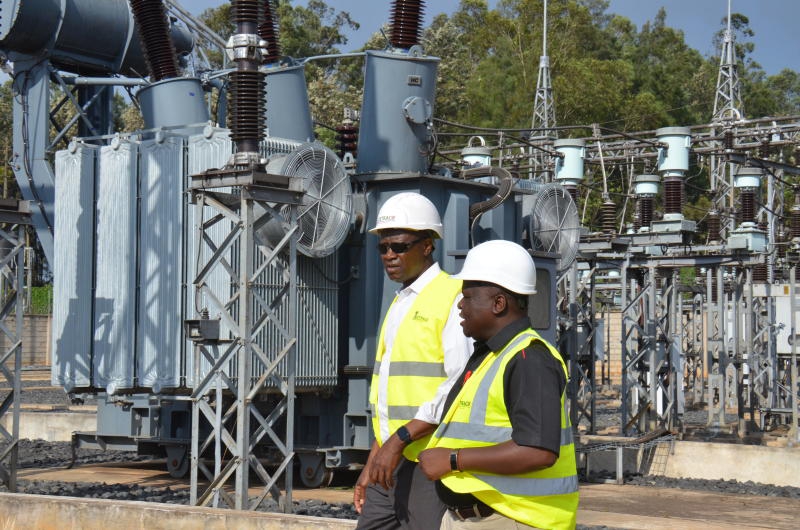×
The Standard e-Paper
Home To Bold Columnists

The number of large businesses connected to the electric grid declined by 12.7 per cent from 4,196 in 2008 to 3,662 in 2017, signalling worries to the power producers who lately have increased their output.
This is even as the number of domestic customers supplied with electricity by Kenya Power increased five-fold from 779,856 to 4,685,877 during this period.